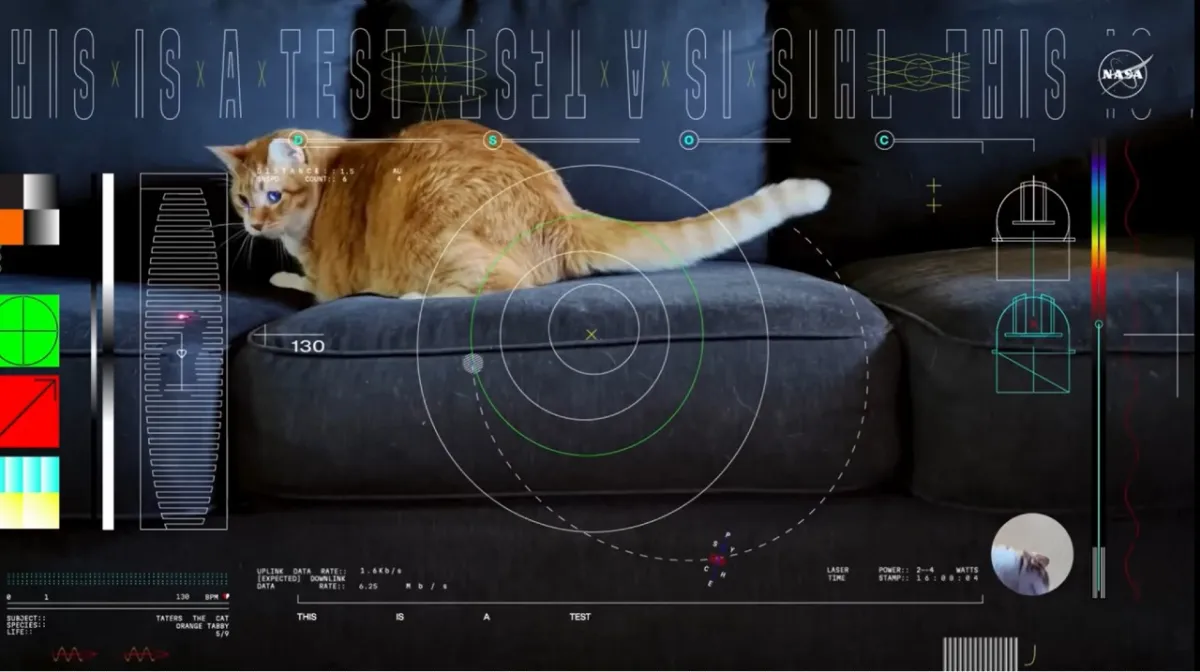Solar power is a pretty direct and elegant way to generate power. After all, most traditional fuels involve energy that originated from the sun in one way or another, and unlike oil, gas, even hydroelectric and wind, solar power doesn’t require any of those pesky turbines. You just sit a panel out in the sun and wait. The problem is, convenient as that all may sound, the actually production of solar panels has been pretty inefficient up to this point, making them prohibitively expensive considering their relatively low level of energy collection. Now, however, a new production technique utilizing a literal ion cannon may be able to halve the production cost of solar cells and make them even better in the process.
Currently, solar panels are made by slicing off thin pieces of crystalline silicon. Once you’ve gotten yourself a slice, you add some electrodes and cover it in protective glass. The only thing is that while conventional solar panels are typically about 200-micrometers thick, they’d still work just fine if they were significantly thinner; the only reason they aren’t thinner is because that makes for brittle panels and it’s just plain hard to pull off. That being the case, a lot of crystalline silicon is “wasted” on overly thick panels, not to mention the silicon “sawdust” generated in the process. It’s far from efficient.
A new process, championed by Twin Creeks, a solar start-up that just recently surfaced, claims to be able to solve both of these problems, vastly increasing the efficiency of the solar panel creation process. Basically, Twin Creeks uses a ion cannon to bombard sections of the crystalline silicon, embedding hydrogen ions 20 micrometers beneath the surface. Then, the bombarded silicon is heated, at which point the hydrogen ions expand into gas and shear off the 20 micrometer sheets. The sheets are then attached to a metal backing, which deals with the fragility problem.
By making 10 panels out of the material traditionally used to make one, and by making panels strong and flexible with a metal backing, Twin Creeks stands to revolutionize the solar panel-making-game, and drive the price down to where it might be able to compete with more traditional power sources. Granted, this is a pretty new development, so there’s no telling exactly how effective it can be in the long run, but at the moment, it looks like solar power just got way cheaper, and if that doesn’t encourage adoption, I don’t know what will.
(via ExtremeTech)
- This solar plant keeps generating electricity even after the sun goes down
- A Japanese innovation makes wind power way more efficient than before
- These cooling towers are amusingly surprised at their own destruction









Published: Mar 14, 2012 1:00 AM UTC